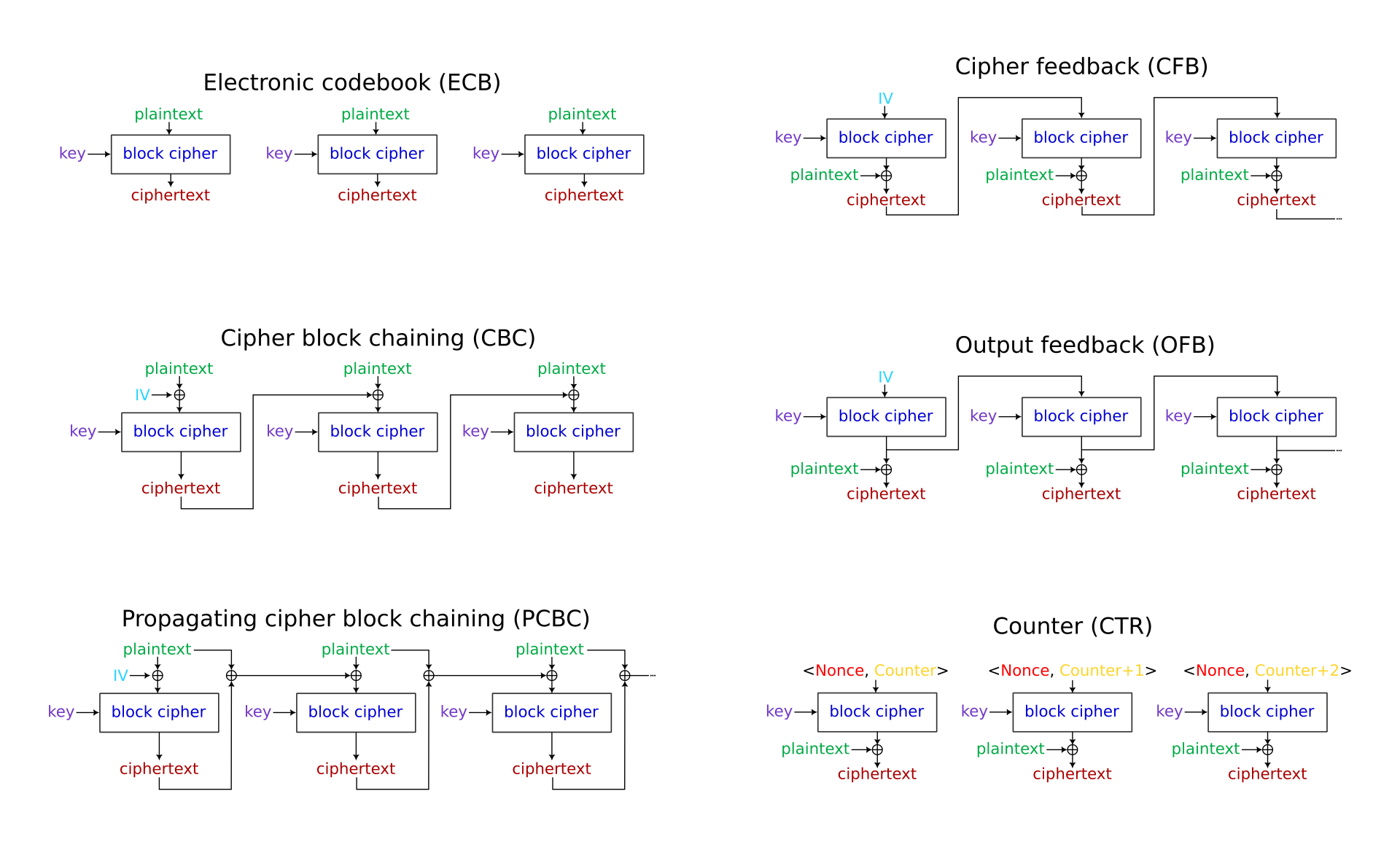AES Encryption Tool
Free online AES encryption decryption tool supporting multiple encryption modes (CBC, ECB, CFB, OFB, CTR) and padding methods. Provides key generation, hex and Base64 format conversion for secure data transmission.
Free online AES encryption decryption tool supporting multiple encryption modes (CBC, ECB, CFB, OFB, CTR) and padding methods. Provides key generation, hex and Base64 format conversion for secure data transmission.
The AES algorithm officially replaced DES as the new generation encryption standard in 2001. This transformation originated from a global algorithm solicitation activity initiated by the National Institute of Standards and Technology (NIST). After rigorous screening, the Rijndael algorithm ultimately prevailed and was established as Federal Information Processing Standard FIPS 197, marking the entry of encryption technology into a new stage of development.

| Mode | Initialization Vector | Parallelism | Error Propagation |
|---|---|---|---|
| CBC | Required | None | Block-level |
| CTR | Counter Initial Value | Supported | No propagation |
| Mode | Standard Document | Padding Scheme | Use Case |
|---|---|---|---|
| PKCS#7 | RFC 5652 | Pad n bytes with value n | General data |
| ZeroPadding | Industry Practice | Pad with 0x00 bytes | Binary data |
| ISO/IEC 7816-4 | ISO Standard | First byte 0x80 followed by 0x00 | Smart card apps |